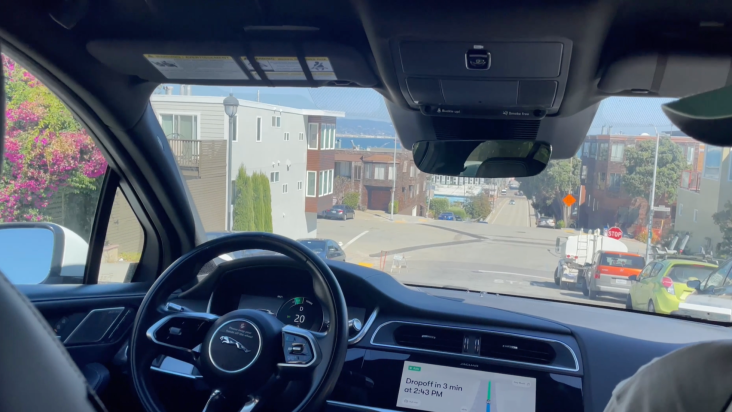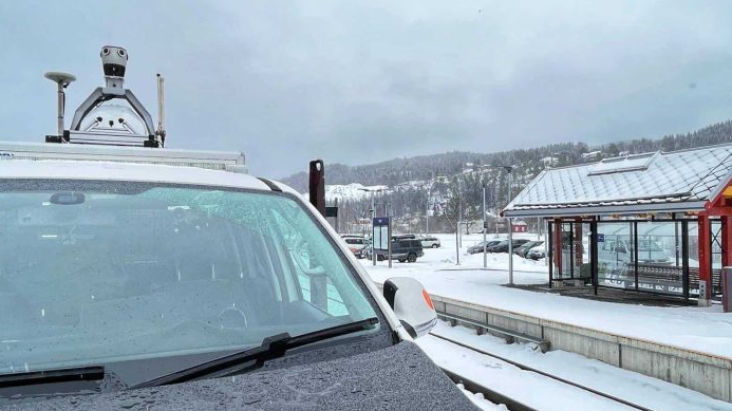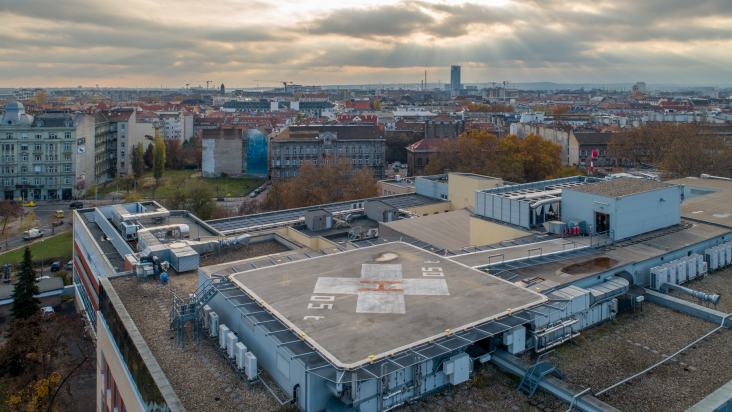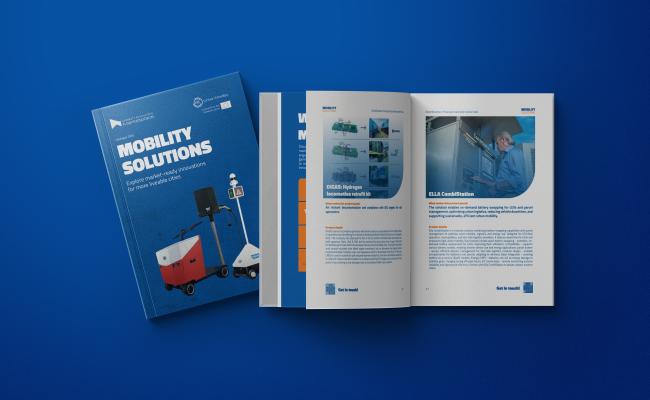Insights
Stay informed and expand your expertise with our curated articles by urban mobility experts. Dive into the latest sustainable mobility trends that shape future urban transport and infrastructure.

Can daily travel make us happy? Undirected trips' impact on well-being
Undirected trips have no specific goal or endpoint - the journey itself is the destination.

New streets concepts: Experimenting from Parklet to Miniblock | By Ana Rivas
It is said that in times of crisis, there is an opportunity to reinvent, to become more creative and more resilient.

Electric Shockwaves and Autonomous Waves: Major innovation challenges in Europe?
The recent IAA event held in Munich laid bare the impending challenge for German companies as it showcased the surge of new electric car manufacturers. In stark contrast to domestic automakers with

Did you know maps could do this? How mobile mapping impacts your life
How many times do you open your maps app on your phone or computer? Daily? Weekly? Let’s explore how mobile mapping and street view data affect your life in ways you couldn’t imagine!

A market review on Urban Air Mobility: challenges & looking ahead
The concept of Urban Air Mobility (UAM) has taken flight in recent years, promising a revolution in urban transportation.

Helsinki's Vision 2030 or how to imagine a future yet to arrive
The city of Helsinki has set a bold goal for itself - to incorporate Urban Air Mobility (UAM) into its infrastructure by 2030. But how do you create a future that has yet to arrive?



